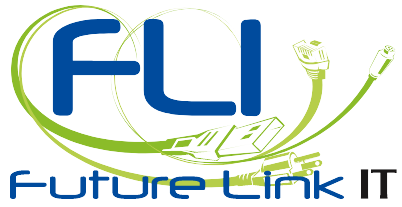 It used to be simple.
It used to be simple.
Your only choice for Internet service was a dial-up connection. Service providers might vary, but the service remained the same.
Today, there are more options. You can choose between DSL, cable or fiber optic high speed Internet service and the various tiers offered by each provider.
DSL (Digital Subscriber Link) uses your phone line to provide Internet service. Uploads are slower than downloads with DSL. If your business or other activities require you to frequently upload a high volume of files or large files, you may find DSL is impractical to use
Cable Internet uses cable TV infrastructure to transmit data. You will share the available bandwidth of the cable line with others in your area. The more people using it at the same time, the slower your performance will be.
Fiber optic technology converts electrical signals carrying data into light and sends the light through glass fibers about the diameter of a human hair. Fiber optic is the fastest type of Internet connection available, but is generally more expensive than other options.
How to chose the best Internet service option
In order to choose the best option, it’s important to clarify how your business uses (or plans to use) the Internet. For example, are you hoping to take advantage of VoIP or to regularly use video conferencing?
VoIP is an acronym for Voice Over Internet Protocol – basically, phone service via the Internet. VoIP is cheaper than traditional phone service.
Businesses often look at fiber because their cable or DSL Internet connection can’t handle VoIP service or streaming conference video. Imagine trying to hold a video conference with employees across the country and experiencing a jumpy or frozen screen and skipping audio.
Fiber has a downside, and a plus side
As mentioned above, fiber is almost always more expensive than other options – at least initially. However, there are some configuration options that will help to maximize your performance and minimize your costs.
- Obtain a dedicated point to point fiber connection. A point to point connection is a direct connection from the provider to your location. One key advantage of this type of connection is the fact that the bandwidth is dedicated. Fewer users means less congestion and faster speeds.
- Take advantage of broadband bonding. This is a cost-effective way to dramatically increase your bandwidth by combining up to 12 broadband lines from multiple carriers together.
On the plus side, with fiber-optic Internet you’ll be future proofed and able to grow as your bandwidth and capacity needs increase.
Take some time to consider how your business can benefit from fiber optic Internet. At Future Link IT, we specialize in helping businesses establish reliable and cost effective high speed Internet service. Call us to get started on your plan today.
